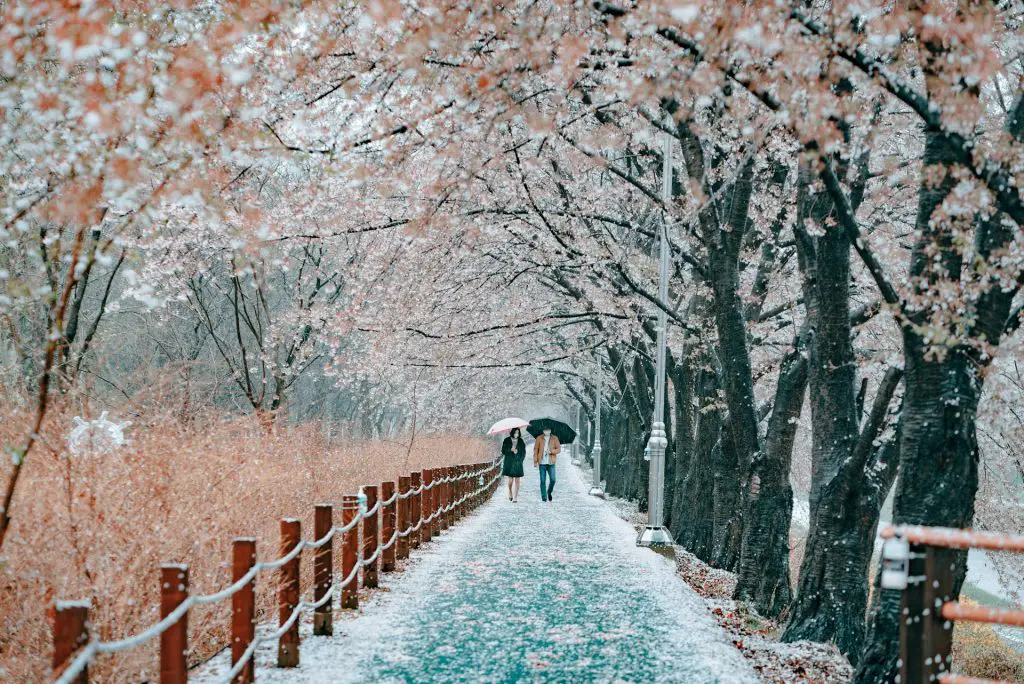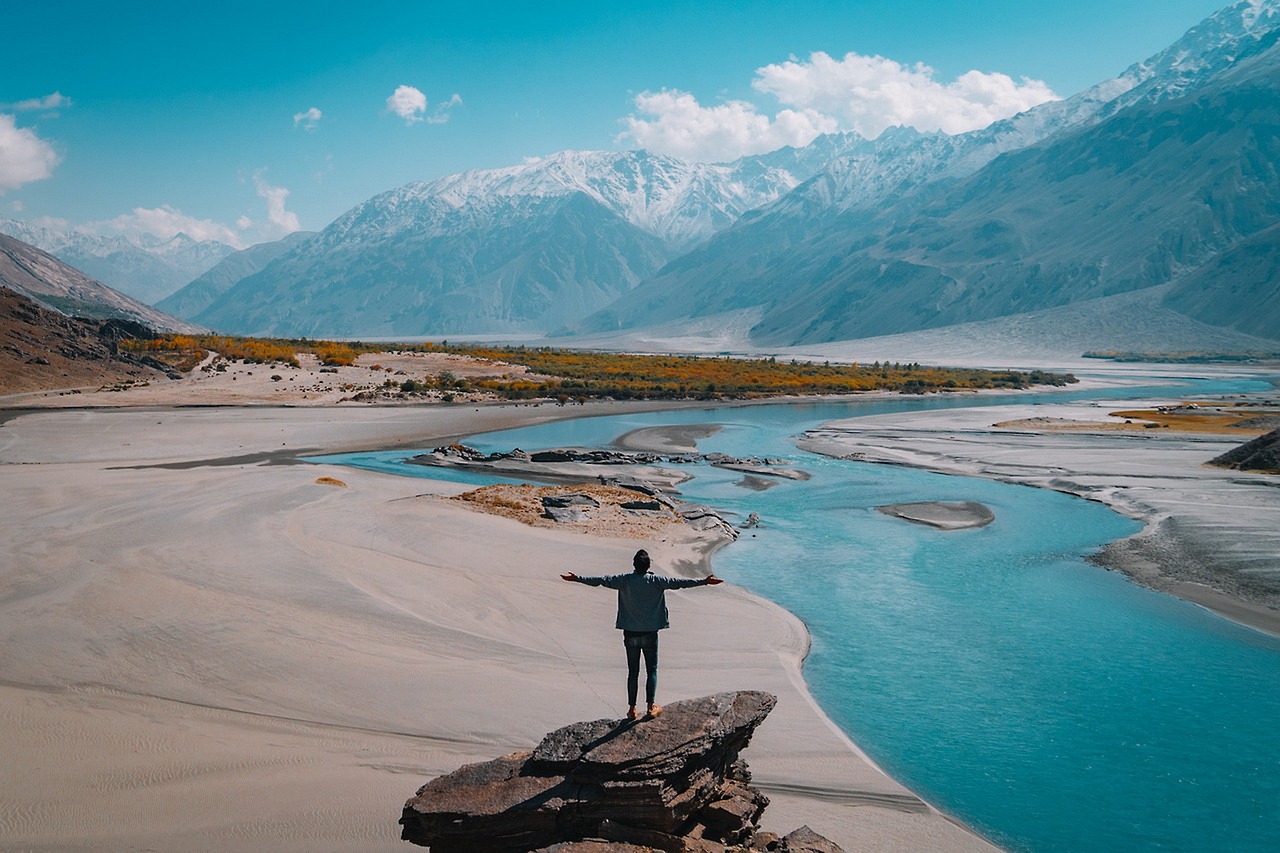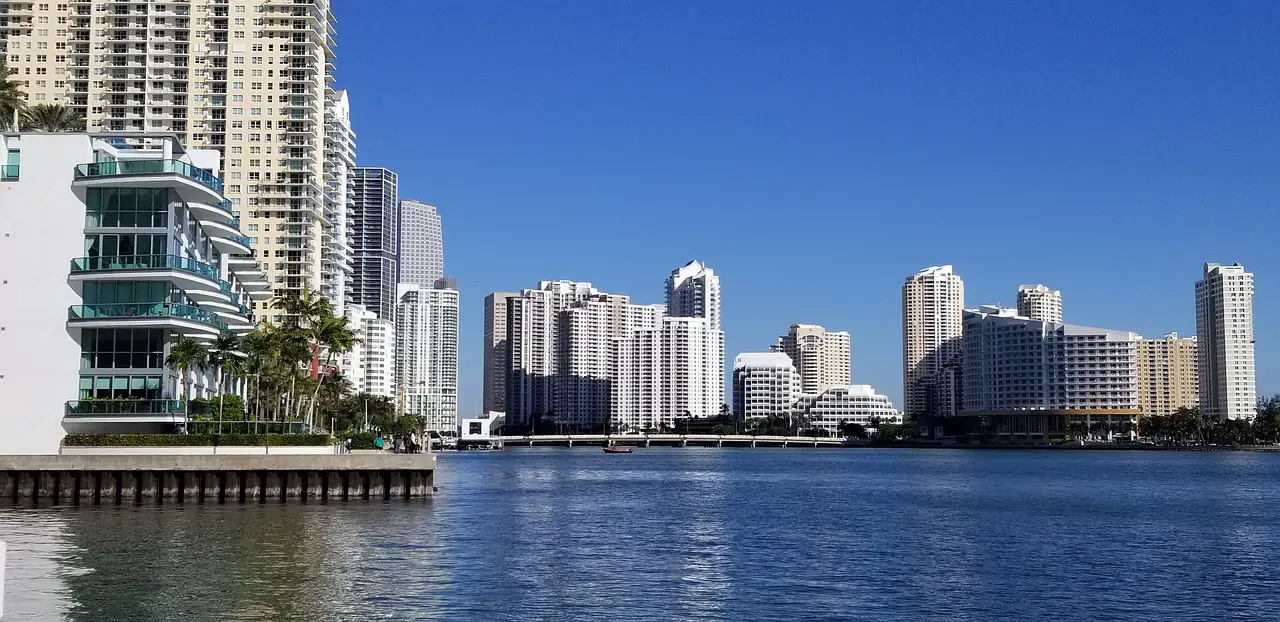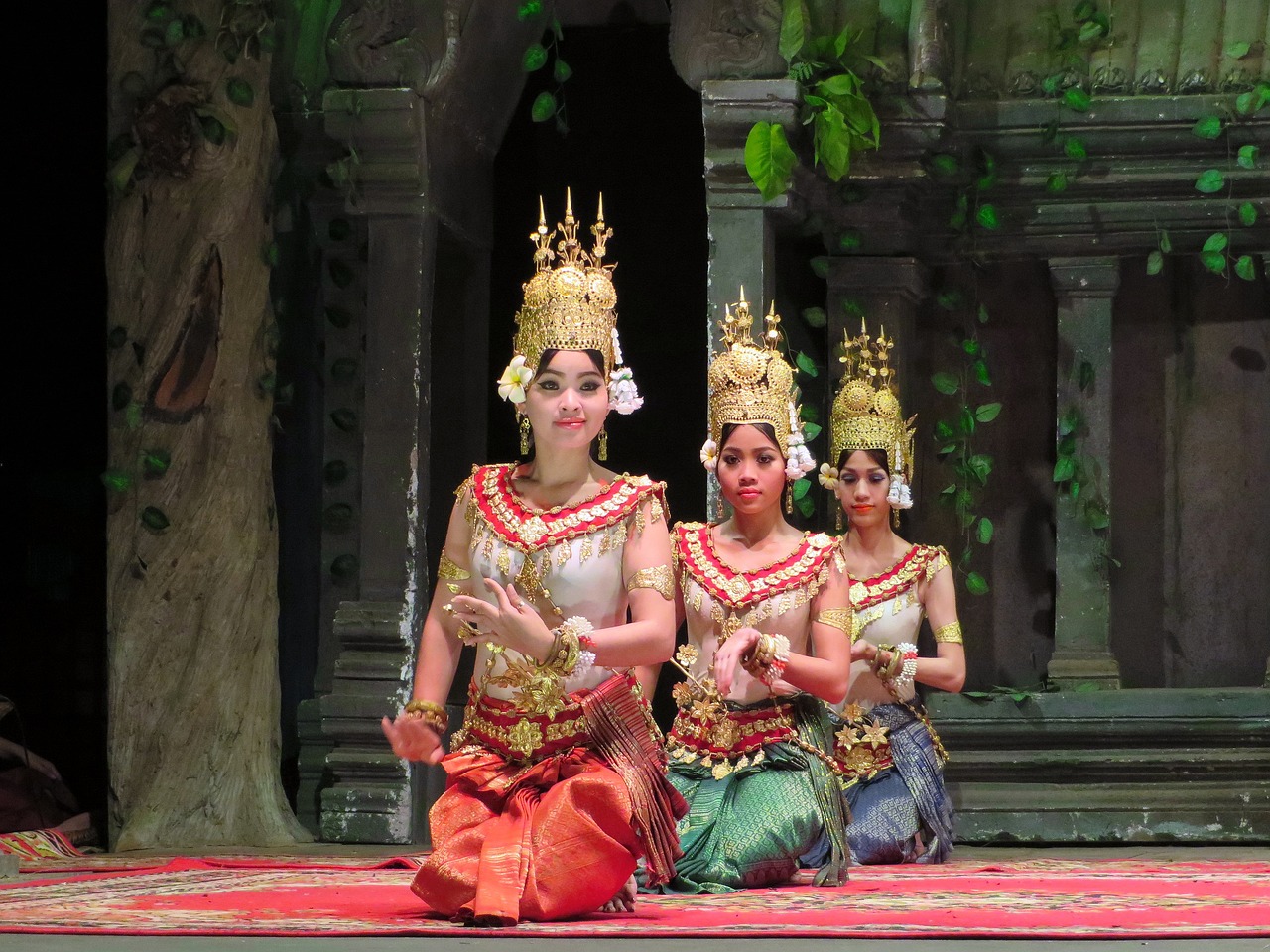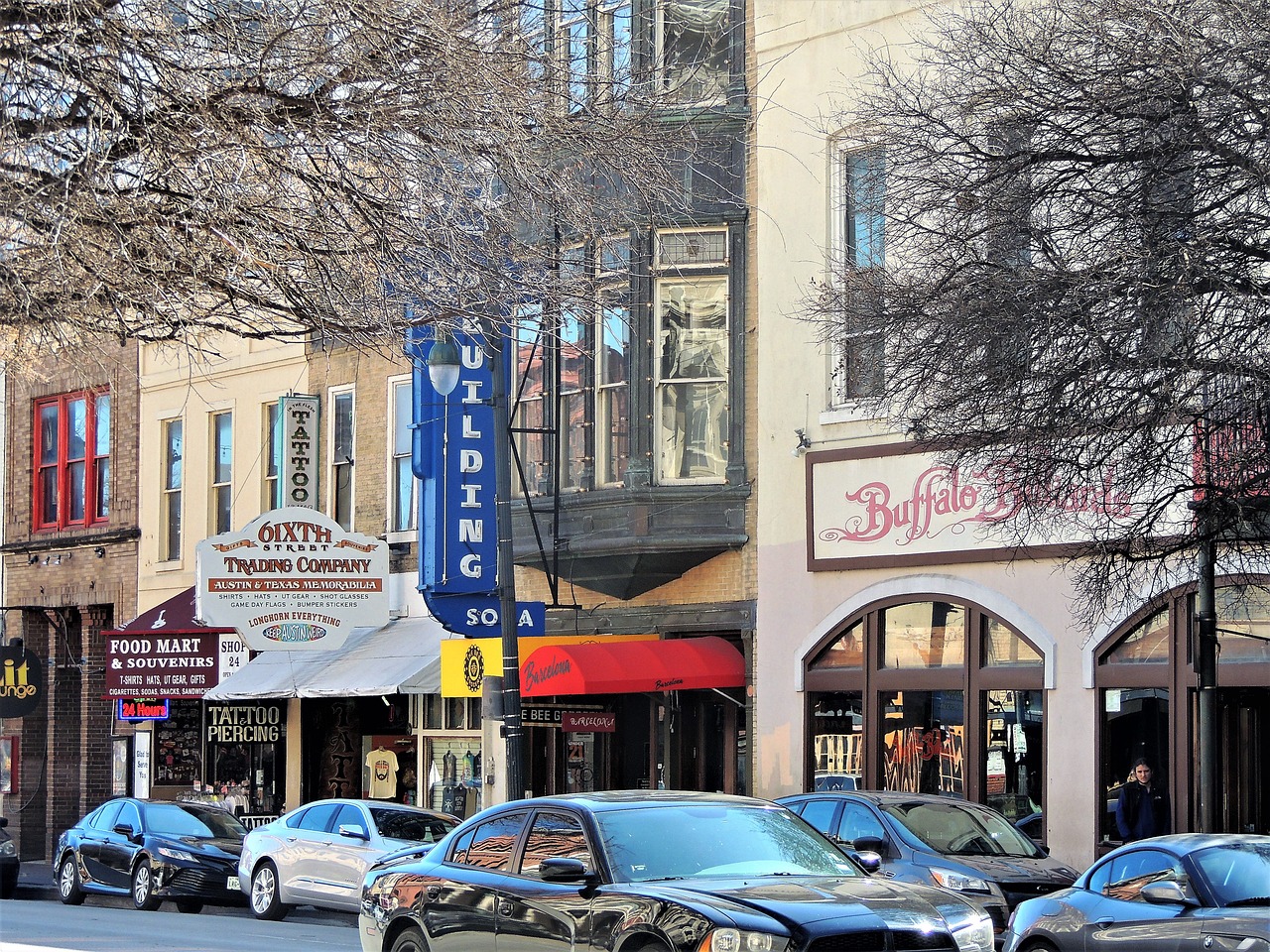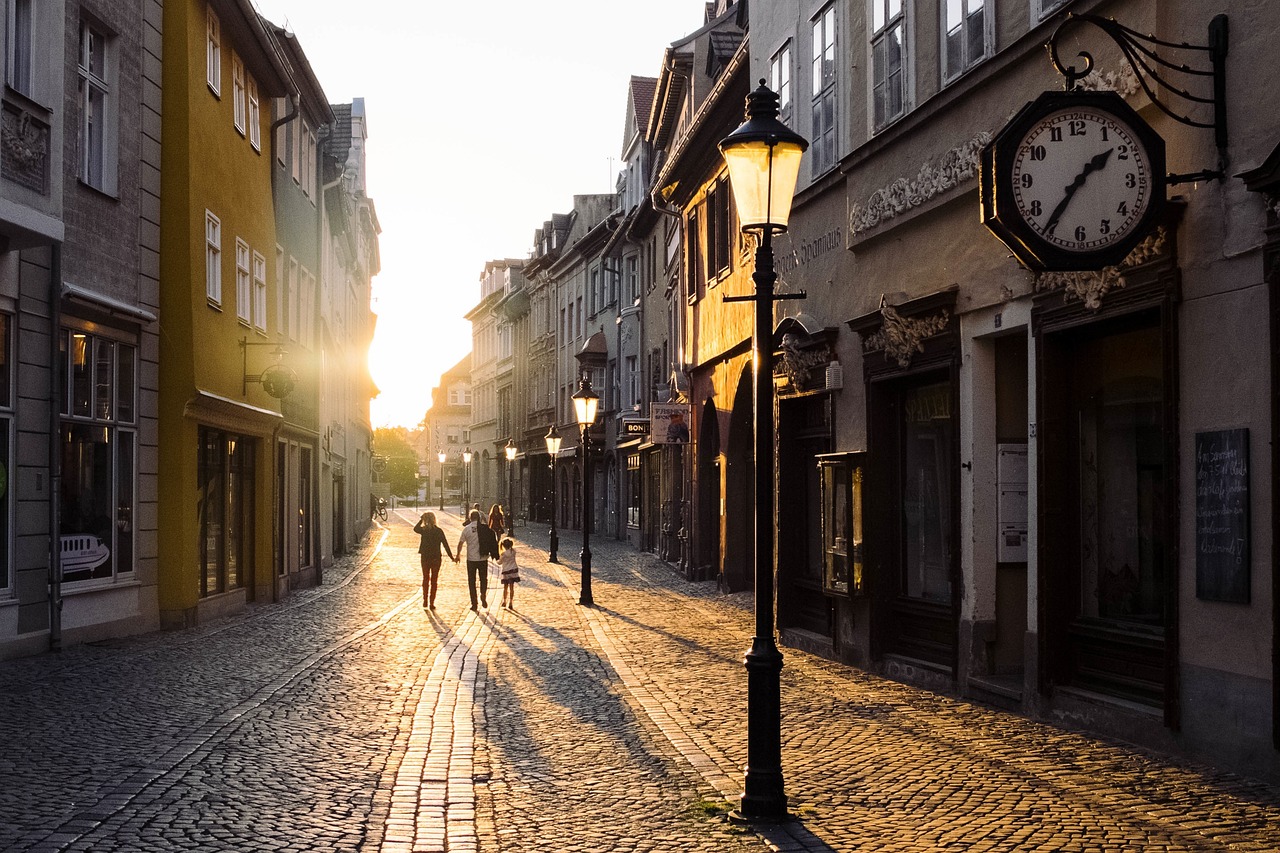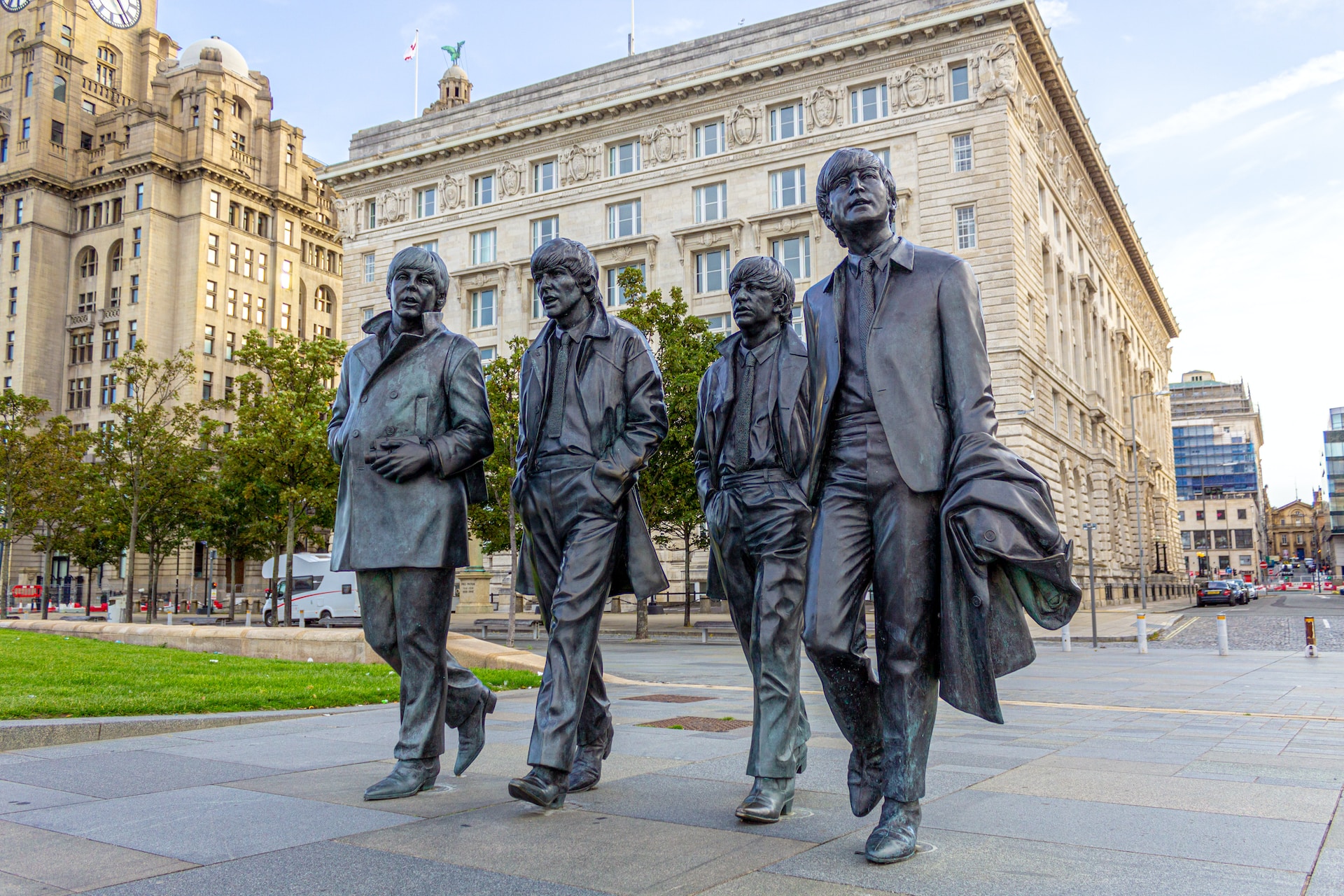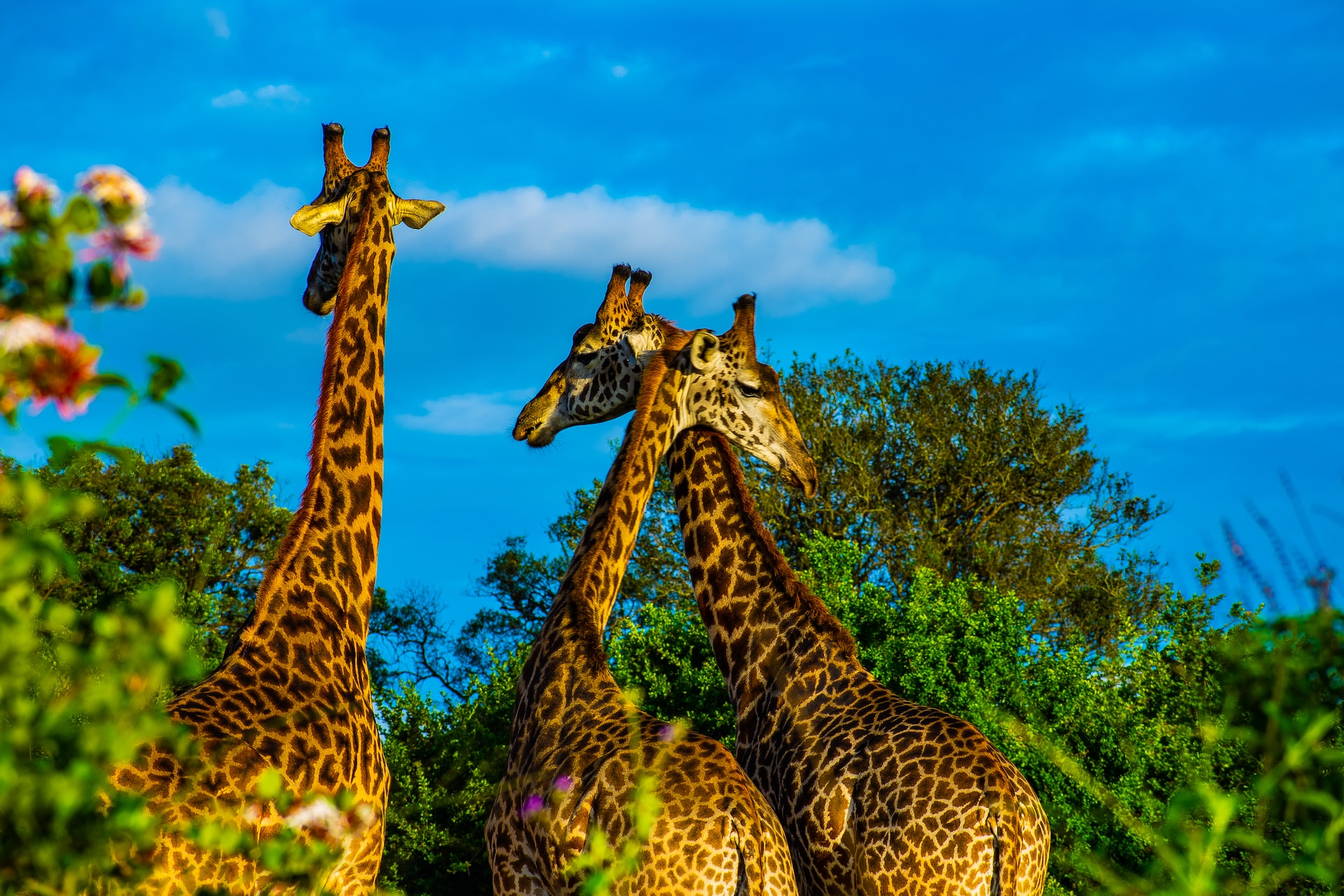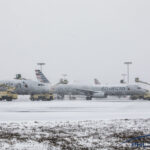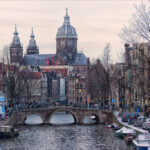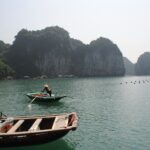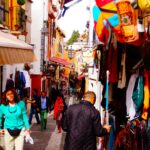South Korea, a vibrant and dynamic nation in East Asia, is home to a rich blend of history, culture, and modernity. The country boasts a diverse range of cities, each offering unique experiences and opportunities. In this article, we will delve into the six biggest cities in South Korea, exploring their rich histories, cultural heritage, economic significance, and much more.
Seoul – The Capital of South Korea
Seoul, the capital of South Korea, stands as a symbol of the nation’s progress and success. With a population of over 9 million people, it’s not only the largest city in South Korea but also one of the most populous cities in the world. Seoul’s history dates back over 2,000 years, and it has grown into a thriving metropolis with a global reputation for its cutting-edge technology, bustling entertainment industry, and rich cultural heritage.
Seoul’s cityscape is a blend of modern skyscrapers and ancient palaces, creating a unique contrast between the old and the new. The city is also home to several UNESCO World Heritage Sites, including Changdeokgung Palace, Gyeongbokgung Palace, and the Jongmyo Shrine, reflecting the country’s deep-rooted history.
Economically, Seoul is the heart of South Korea’s financial and industrial sectors. It’s home to multinational corporations like Samsung, Hyundai, and LG, contributing significantly to the country’s economic growth. Tourists flock to Seoul for its vibrant nightlife, street food, shopping districts like Myeongdong and Dongdaemun, and iconic landmarks such as the N Seoul Tower.
Busan – South Korea’s Port City
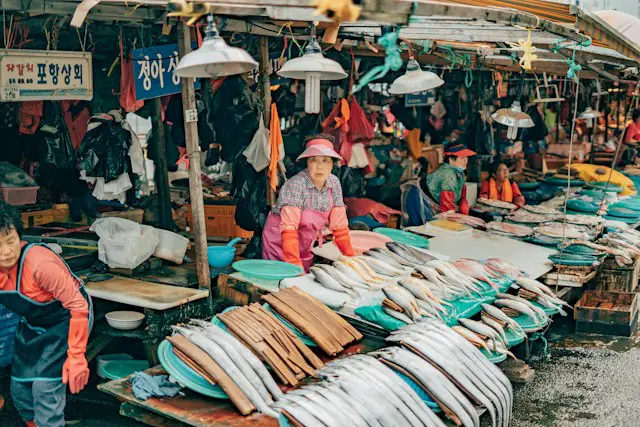
Busan, South Korea’s second-largest city, is a bustling port city located on the southeastern coast of the Korean Peninsula. With a population exceeding 3.5 million, it’s a major economic and cultural hub. Busan is renowned for its stunning beaches, including Haeundae Beach and Gwangalli Beach, making it a popular destination for beachgoers and water sports enthusiasts.
The city’s rich maritime history is celebrated at the Busan International Film Festival, one of the most prestigious film festivals in Asia. Additionally, Busan is home to several temples, including Beomeosa Temple and Yonggungsa Temple, which showcase the city’s spiritual and cultural side.
From an economic standpoint, Busan’s port is one of the busiest in the world, playing a crucial role in international trade. The city is also known for its bustling fish markets, where visitors can experience the freshest seafood South Korea has to offer.
Incheon – Gateway to South Korea
Incheon, often referred to as the gateway to South Korea, is the third-largest city in the country. Located on the northwestern coast, it’s home to Incheon International Airport, South Korea’s largest and busiest airport, facilitating the majority of international air travel to the nation.
Incheon’s strategic location has made it a pivotal hub for commerce and transportation. The city has a rich history, including the famous Incheon Landing during the Korean War, which played a significant role in the conflict. Incheon’s Chinatown is one of the largest in South Korea and is a popular attraction for its vibrant cultural and culinary offerings.
One of the city’s modern landmarks is the Incheon Bridge, connecting Incheon to Yeongjong Island and featuring a picturesque view of the Yellow Sea. Incheon’s economic importance extends beyond the airport, with a thriving industrial and business sector, including the Incheon Free Economic Zone, designed to attract foreign investment and foster economic growth.
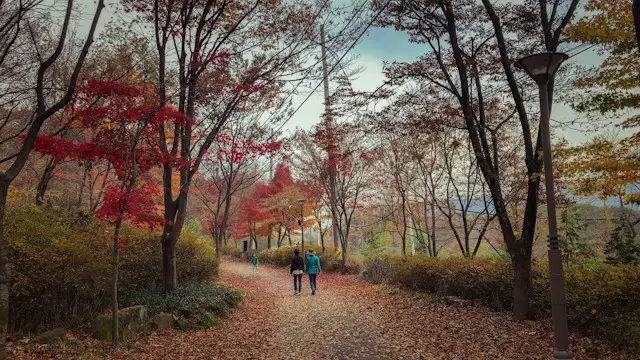
Daegu – The Textile Capital
Daegu, situated in the southeastern part of South Korea, is the country’s fourth-largest city. Known as the “Textile Capital of South Korea,” Daegu has a strong industrial background, particularly in the textile and fashion industry. The city hosts the Daegu Fashion Industry Promotional Center and the Daegu Fashion Street, making it a fashion enthusiast’s paradise.
Daegu is also famous for its rich history and cultural heritage. Palgongsan Mountain, located just outside the city, boasts numerous temples, including Donghwasa Temple and Pagyesa Temple. These temples provide a serene escape from the bustling city and offer a glimpse into South Korea’s spiritual traditions.
The city’s economy has diversified over the years, with developments in technology, healthcare, and education sectors. The Kyungpook National University, one of South Korea’s top universities, is located in Daegu, contributing to the city’s academic prominence.
Daejeon – South Korea’s Silicon Valley
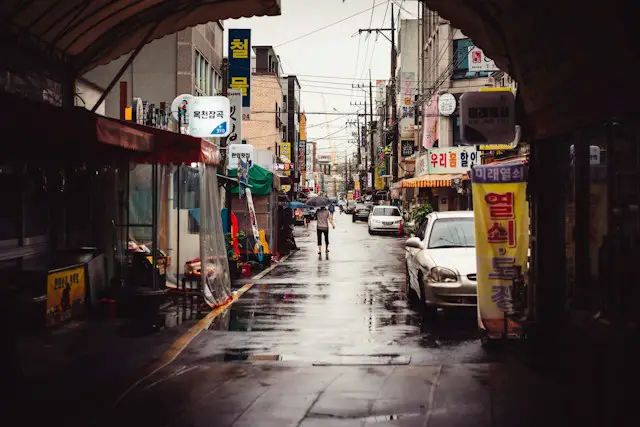
Daejeon, often dubbed South Korea’s “Silicon Valley,” is the country’s fifth-largest city. Located in the central part of the country, Daejeon is known for its concentration of research institutes and technology-driven industries. The city houses the Daedeok Innopolis, a research and development hub that hosts numerous government-funded research organizations and private tech companies.
Among the city’s notable institutions is the Korea Advanced Institute of Science and Technology (KAIST), one of the most prestigious science and engineering universities in South Korea. Daejeon’s thriving tech sector has attracted top talent and investments, making it a center for innovation and cutting-edge research.
Apart from its technological significance, Daejeon offers a mix of cultural experiences, including the Daejeon Museum of Art and the Hanbat Arboretum, a beautiful green space in the heart of the city. Daejeon’s geographical location also makes it a convenient transportation hub, with high-speed rail connections to Seoul and other major cities.
Ulsan – Industrial Powerhouse
Ulsan, situated in the southeastern part of South Korea, is the sixth-largest city in the country. It is often referred to as the “Industrial Capital of South Korea” due to its significance in heavy industries such as shipbuilding, petrochemicals, and automobile manufacturing. Hyundai Motor Company, one of the world’s leading automakers, has its headquarters in Ulsan, contributing significantly to the city’s economic prosperity.
Beyond its industrial prowess, Ulsan offers natural beauty and recreational opportunities. The city is bordered by the East Sea, providing residents and visitors with access to picturesque coastlines and beaches. The Taehwa River Grand Park is a popular spot for outdoor activities and relaxation.
Ulsan is also home to several cultural attractions, including the Ulsan Grand Park and the Ulsan Museum. These sites showcase the city’s commitment to preserving its cultural heritage amidst rapid industrialization.
South Korea’s six biggest cities offer a diverse range of experiences, from the vibrant streets of Seoul to the serene temples of Daegu, the high-tech landscape of Daejeon, and the industrial might of Ulsan. Each of these cities contributes uniquely to South Korea’s culture, economy, and global reputation, making them essential components of the nation’s dynamic and evolving identity. Whether you’re interested in history, technology, industry, or natural beauty, these cities have something to offer everyone, making South Korea an exciting and multifaceted destination for exploration.
Exploring South Korea’s diversity through its six biggest cities is a rewarding journey. Each city possesses its own distinct character and charm, making it essential to delve deeper into the cultural and historical aspects that shape the nation.
As you visit these cities, it’s also worth noting the efficient and extensive transportation network that connects them. South Korea boasts an excellent system of highways, high-speed trains (KTX), and domestic flights, making it convenient for travelers to explore the entire country.
Moreover, South Korea’s culinary scene is a delightful adventure in itself. Each region has its unique cuisine, with popular dishes like bulgogi (marinated grilled beef), bibimbap (mixed rice with vegetables and meat), and kimchi (fermented spicy cabbage) available throughout the country. Dining in these cities allows you to savor the regional specialties while immersing yourself in the local culture.
Beyond the cities themselves, South Korea’s natural beauty is easily accessible from these urban centers. The country boasts stunning national parks, mountain ranges, and hiking trails. For instance, Bukhansan National Park, easily reachable from Seoul, offers breathtaking views of the city from its peaks. Exploring these natural wonders provides a refreshing contrast to the urban experience.
In conclusion, South Korea’s six biggest cities showcase the nation’s remarkable journey from a historical and cultural perspective, while also highlighting its rapid technological and economic development. Seoul, Busan, Incheon, Daegu, Daejeon, and Ulsan each contribute uniquely to South Korea’s vibrant tapestry. Whether you are an enthusiast of history, technology, culture, or simply enjoy the thrill of discovering new places, South Korea’s diverse cities offer an array of experiences that will leave you enriched and inspired. So, pack your bags and embark on a captivating journey to explore the heart and soul of South Korea.
